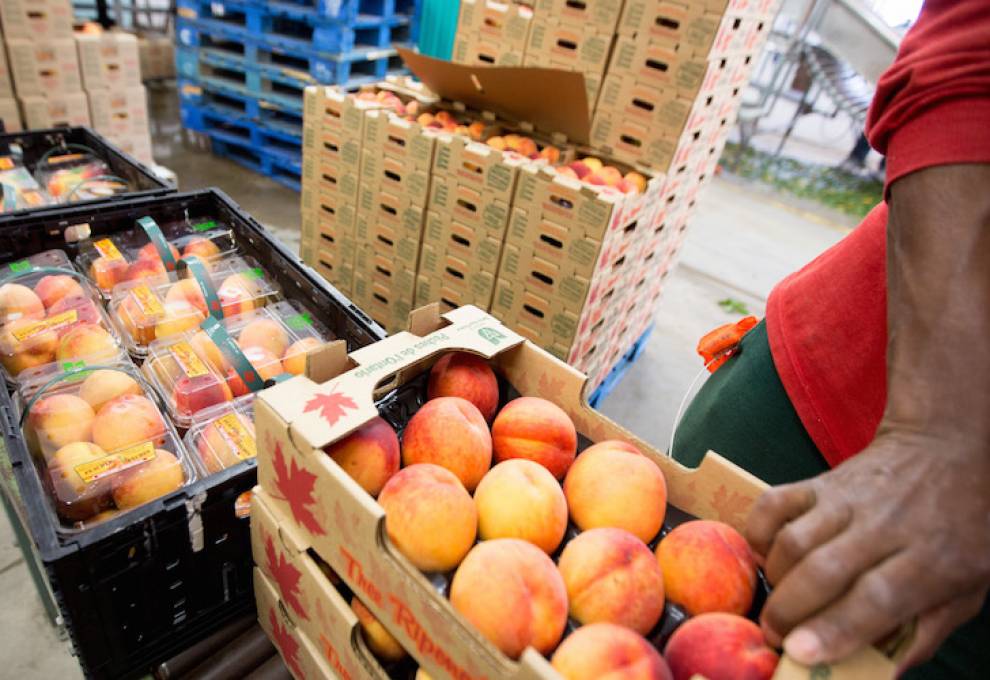
The food industry has adapted to a very different marketplace since March of 2020. Consumers, suppliers and retailers have all had to adapt to a new environment for producing, buying and selling food. It is time to understand the impact on your business and share the results with your customers. Almost every producer has experienced changes to cost of goods and service level. For the long-term sustainability of your business, you need to understand and assess this new environment and communicate with your customers.
Your employees
People working in food production have not received the credit they deserve. Yes, health care workers, first responders and people working in retail have been so important to allow the country to continue to function. The inventory of food is very tight because inventory costs money and consumers demand fresh food. But our food producers have endured changes to their working environment too and accepted risk while working alongside others.
You should consider how your employees are doing and understand if you have the same or different work force than you did prior to March. When I worked for a major retailer, I would often ask suppliers about their workforce. It was a great barometer of the business for me. If your employees are as committed as ever and they feel like you have done everything you could to manage effectively, then that is an indication of a strong business. If they are upset and looking for other opportunities then you will struggle in the future. Many things have changed quickly but you need to focus on employees, as they are integral to your ability to produce and deliver product.
There are a number of factors to consider:
-Employee satisfaction
-Turnover
-Absenteeism
-Changes to production process
-Impact changes have had on efficiencies
-Any innovative ideas from staff
-Total wages as % sales, is this up, down or flat?
Your cost of goods
Almost every business in every sector has experienced changes to their cost of goods. It is great to fill orders but you need to understand your costs and if they have changed. In the food industry, producers supplying retail have experienced increased demand. But do not fall into the trap of believing that increased volume will always lead to lower cost of goods. Take the time to consider the following factors in your business:
-Ingredient costs
-Other input costs such as fertilizer, water etc.
-Labour costs, this can be average hourly rate or more dollars due to lower efficiencies
-Logistics
-Changes to orders can lead to more sales but if you are paying overtime and losing freight efficiencies with part pallets or loads it can cost more
-Packaging costs or extra charges to expedite shipping to fill increased demand
It is challenging to manage costs when you are focused on keeping customers happy, following ever-changing guidelines for employees and just trying to keep people coming to work. If you are not able to take time to analyze, assign this task to someone in your business. If possible, identify changes to cost of goods that are temporary and those that are here to stay.
Your service level
Inventory to sell is more important to retailers than it was this time last year. Consumer behaviour has changed. They are shopping stores where they believe they have the best chance of getting everything they need in one stop. If you have the inventory your customers want, you are more valuable than many other suppliers.
Retailers calculate service level as cases delivered on time to the right location divided by the total cases ordered. There are many reasons for service level to be less than 100%. Unfortunately retailers are not interested in the reasons -- sometimes they are part of the problem -- they just want the stock. They believe they lose sales and disappoint customers if they do not have the inventory on the shelf when they want it.
Calculate your service level through the pandemic and compare to the same time last year and prior to March when so much changed. Share the results within your business so your employees understand how your customers perceive your performance. If you are doing a great job share the results with your customers and if you are below acceptable levels (usually 95%) then figure out how to resolve the issues.
Communicate to your customers
Once you have an idea of how your employees are doing, what is happening with your cost of goods and your service level, communicate with your customers. Remember they have hundreds of thousands of items to manage. If you are doing a great job they might not have noticed because we focus on the problems too much. Let them know and also pave the way for conversations about cost of goods if you need to.
If you would like some help to look in the mirror please give me a call at (902) 489-2900 or send me an email at peter@skufood.com.
WHAT’S IN STORE?
What’s not in store?
Consumers. Since the onset of COVID-19 we have experienced many changes to stores and selling food. Prior to the pandemic online shopping for food was between three and five per cent in Canada. Recently Metro reported its latest results and shared that online sales were four times the sale period last year. This would be in line with other estimates that in Canada 12-15 per cent of food is now being purchased online.
This has a big impact on retailers as some costs increase such as picking orders and others decrease such as fewer cashiers and employees in service departments. They are grappling with the change just like producers.
Buy your products online to see what you get and how easy or difficult it is. Share your experience with your customers as they are all trying to improve this part of their business.

Add new comment